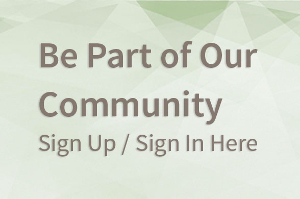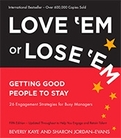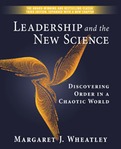BK Blog Post
The Power of Circles
 Posted by
Jeevan Sivasubramaniam,
Vice President, Editorial,
Berrett-Koehler Publishers Inc.
Posted by
Jeevan Sivasubramaniam,
Vice President, Editorial,
Berrett-Koehler Publishers Inc.
People have been gathering together in circles to foster dialogue and change since the dawn of humanity. Authors Ann Linnea and Christina Baldwin give us five good reasons why circles are so effective in fostering honest and authentic communications within a group:
1. When we change the chairs we change the world. A circle by its very nature places people into positions of equal standing (or sitting). Physically repositioning a group into a circle impacts the mental positions of the participants who feel liberated from the restrictions that hierarchy, status, and prescribed roles usually places on them.
2. More than a shape, circle is a social infrastructure for collaborative conversation. Social infrastructure releases the fullness of participation because every person understands how to contribute to the conversation. We place something that symbolizes common purpose in the center space, articulate agreements of respectful interaction, and lean into the dialogue.
3. Meeting in circle is a sort of a contained treasure hunt. The wisdom we need is in the room, and the only way to truly gather it, think about it, and make decisions based on it, is to hear every voice. Who has the question? Who has the answer? Who knows the next piece? What creative idea will be heard from an unexpected source?
4. Leadership roles are embedded in the rim putting a leader in every chair. Someone volunteers to be “host”-to help the group hold focus, and to design patterns for contributing. Someone else volunteers to be “guardian”-to observe shifting group need, and to signal a pause so that people can take a breath, refocus, and proceed with clarity. Host and guardian work together to serve group purpose, sometimes for one topic or agenda item, sometimes for a whole meeting-these leadership positions rotate, responsibility is shared, and the group seeks to live its wholeness.
5. A Circle transforms group efficiency and cohesiveness through relationship. People who know each other work better together; they solve problems, address issues, trust each other’s good intent, get through hard times, and acknowledge their interdependence on each member of the team.
Ideas, thoughts, or reactions?







